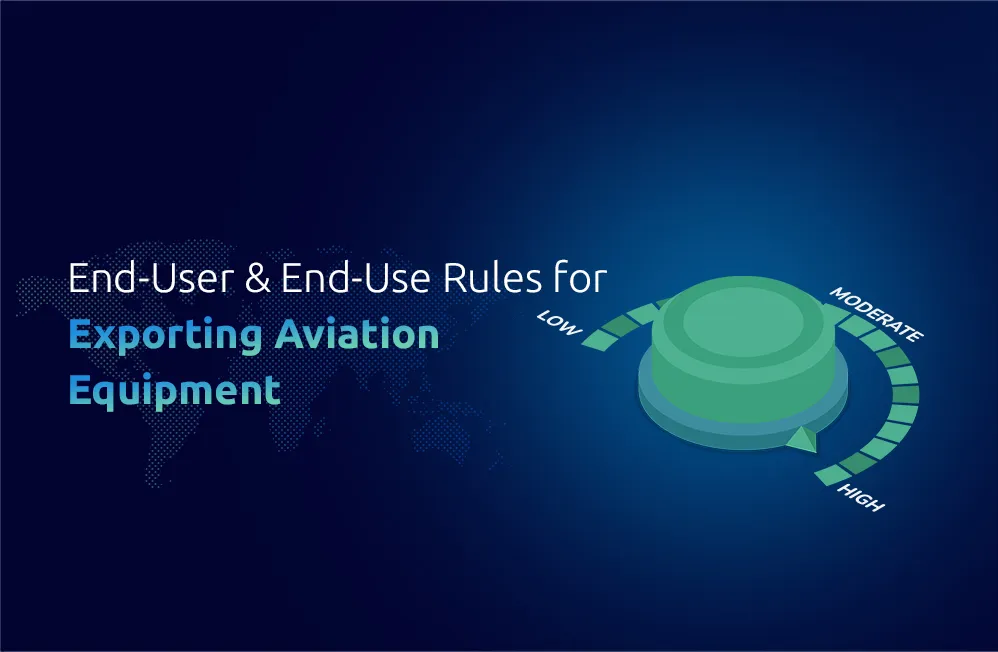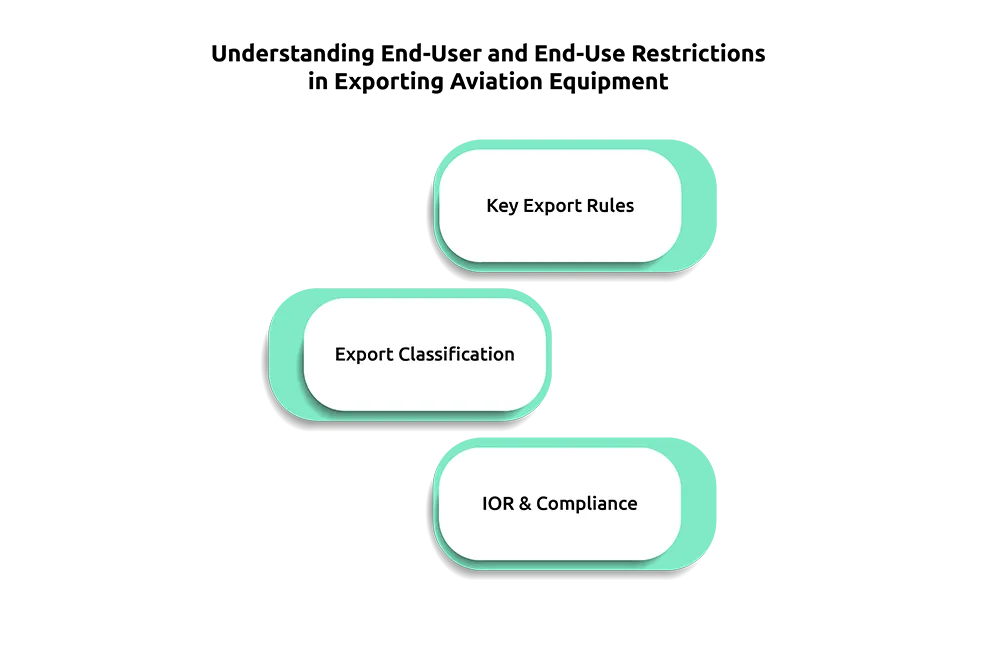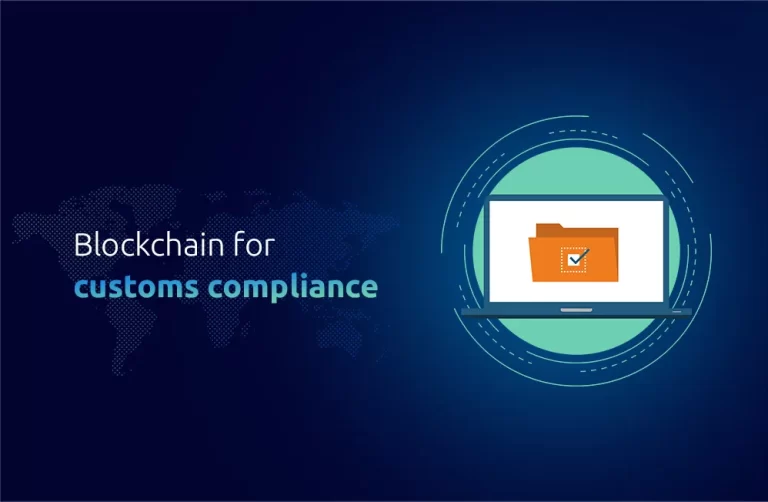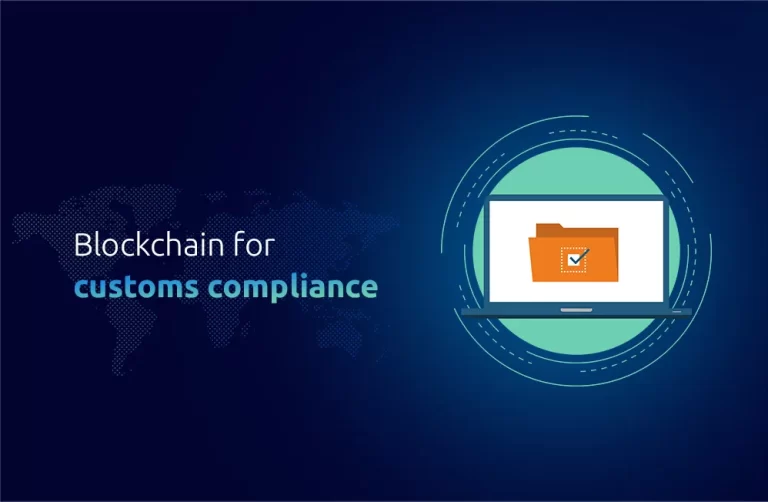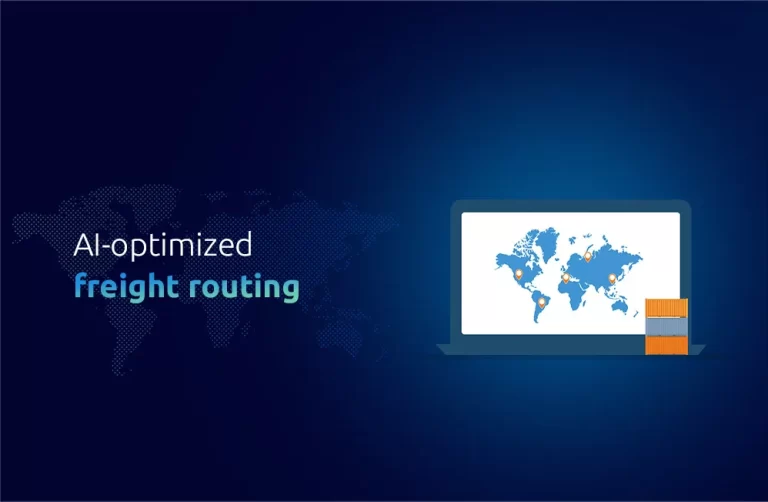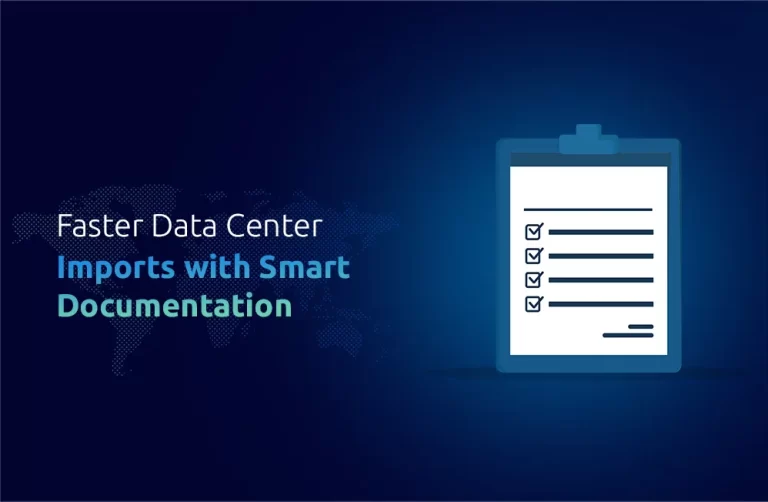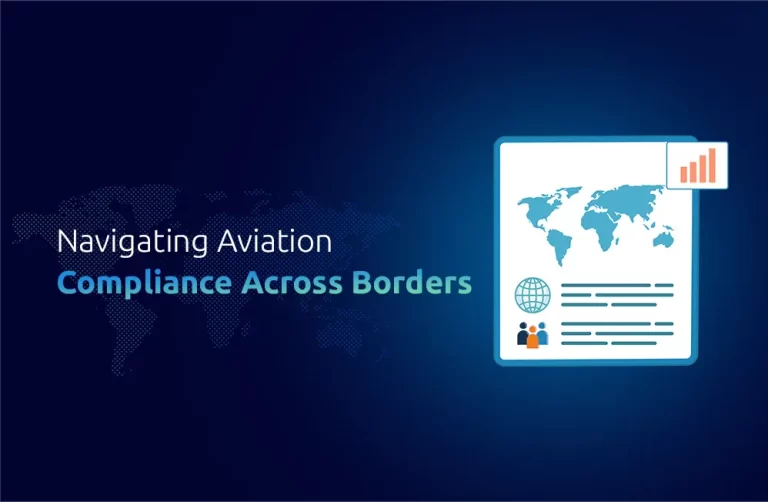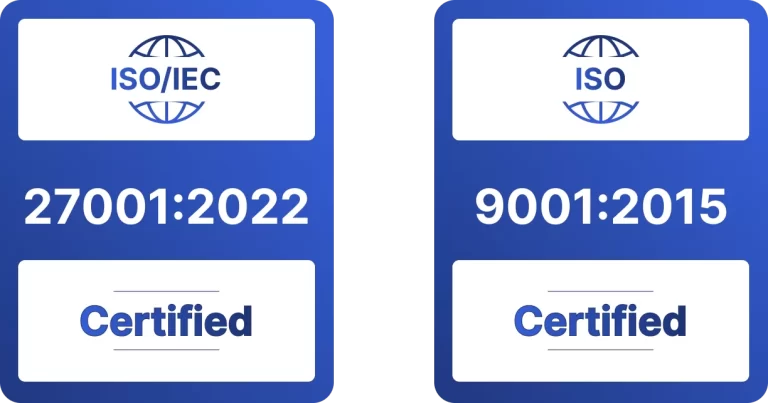Introduction
Rules regulating aviation equipment exports have been created as a multifaceted regulatory scheme to prevent unauthorized individuals from acquiring these technologically advanced products. Export compliance in aviation aims to succeed by implementing end-user and end-use restrictions. National authorities establish these limitations through government policies to govern sales of military equipment and dual-use and sensitive technologies. Investing in end-user and end-use restriction knowledge allows exporters to follow international trade regulations while managing market complexities.
This blog explores why end-user and end-use restrictions matter in exporting aviation equipment, along with an explanation of Exporter of Record services while discussing the efficient tools, including air freight cost calculators, warehousing solutions, and white glove delivery services.
What Are End-User and End-Use Restrictions?
Restrictions regarding end-users define the specific recipients who can obtain exported merchandise. Such regulatory measures limit the products sent to authorized recipients whose selection depends on political factors, security concerns, and economic qualifications. The target audience for exported goods is qualified through end-user restrictions, distinct from end-use limits, which dictate usage plans in the destination markets. The joint limitations of end-user and end-use controls prevent the unauthorized supply or military exploitation of sensitive aviation equipment.
It is important to understand what end user means, especially when the exported equipment is to be used in the aviation industry, where the end use of items can pose a threat to national security. End use means the intended use of the exported product once it has reached its destination with the final consumer. Exporters must ensure that the end use is not in any way prohibited anywhere in the world and does not support anything that is against the law, including the construction of barred technologies such as military-related or surveillance systems. Maintaining documentation and ensuring that the end use of products and materials is adequately recorded also helps companies reduce legal liabilities during examinations.
The Role of Exporter of Record (EOR) Services
The Exporter of Record functions as an essential component within export activities when dealing with industries such as aviation. This responsible entity verifies export compliance by implementing all legal regulations and end-user and end-use restrictions. Exporter of Record activities as the document’s authorized party faces possible consequences when documentation fails to comply.
The EOR within aviation equipment transactions ensures that end-users hold proper certification while confirming restraint of military equipment use and unauthorized party distribution. The services provided by EORs play a vital role because they protect export compliance and stop accidental violations of legal export regulations.
Exporter of Record and Compliance
Exporters need a complete understanding of international legislation since they should uphold end-user and end-use limitations. A widespread export regulation known as the Generalized System of Preferences (GSP) permits certain nations to import products through tariff-free channels. Modalities of GSP require multiple checks to confirm compliance regarding the ultimate user and intended use of exported products.
Export Registers are monitoring tools to track and keep records of all exported products. The Export Register enables exporters to maintain compliance through export tracking and end-user documentation that facilitates official audits if such inquiries occur.
Export Process and Documentation
The procedures for exporting goods require multiple specific steps to satisfy legal requirements. The export process requires an HS Code to classify goods for trade purposes. The proper application of the HS code enables companies to pay the right duties and keep track of their products during international border transit.
The export process includes shipping methods and delivery terms, which are essential components. Under DAP Delivered At Place, the seller transfers goods to the specified place, and the buyer must handle all import taxes and duties.
The air freight calculator system enables exporters to find cost-efficient ways to ship delicate items, and the air freight cost calculator reveals all shipping expenses involved in air transport. Businesses must learn about all air freight expenses involving fuel surcharges, handling costs, and customs fees to preserve profitability and maintain prompt delivery.
Warehousing and In-Transit Management
Warehousing is an essential component of supply chain processes when dealing with aviation equipment needing special care. Strategic warehouse solutions defend equipment from damage until ultimate shipment to the final destination. The correct handling of goods in warehouses enables security protocols that allow products to meet end-use regulations due to their capabilities for valuables with enhanced surveillance.
The tracking system monitors a shipment through all supply chain stations to monitor product movement completely. International exports of sensitive equipment require specific attention because the diversion and misuse risks are elevated.
White Glove Delivery: Ensuring Safe and Secure Transit
The process of international shipping aviation equipment requires a high level of responsibility. White glove delivery is one of the most dependable shipping services when delivering items of high value. Products receive comprehensive care through the premium service, which delivers them in perfect state from origin to destination with continuous tracking throughout transit. White glove delivery brings renowned safety and security standards to aviation equipment, which is especially essential when dealing with end-user and end-use regulations.
Conclusion
Companies must handle international export laws cautiously when moving aviation equipment through end-user and end-use restriction protocols. Businesses that partner with Exporter of Record services and use air freight calculators and white glove delivery as tools will achieve secure and compliant exports. Through its leadership position, One Union Solutions delivers complete services ranging from supply chain management to warehousing that help businesses operate within compliance parameters while enhancing their export operations.
Did You Know?
The U.S. Bureau of Industry and Security (BIS) mandates aviation exports to fulfill stringent end-user and end-use certification rules to stop advanced technology from being used. New statistics show that licensing requirements have increased to 10% for aviation equipment exports to specific regions, thus solidifying the critical importance of exporters of record functions in the current market.
FAQs
Q. What is the Generalized System of Preferences (GSP)?
Ans: The Generalized System of Preferences serves as a trade solution that provides reduced or free tariffs for imports from qualified countries. The Generalized System of Preferences applies restrictions for end-user and end-use purposes to prevent product misuse.
Q. How can Exporter of Record services help businesses?
Ans: Exporter of Record services ensure compliance with export regulations by verifying recipient information and ensuring goods meet all end-user and end-use restrictions. This helps prevent legal issues and penalties.
Q. What is an HS Code, and why is it important?
Ans: International trade requires products to receive classification through the HS Code (Harmonized System Code). Using the HS Code facilitates customs management by enabling proper fees and tariff assessment on international goods.
Q. What is DAP, and how does it relate to exports?
Ans: The DAP (Delivered At Place) Incoterm is an international trade term that states that sellers must deliver goods to their targeted destination. As per DAP, the seller handles the transportation, yet the buyer becomes responsible for all import taxes and duties.
Q. Why is warehousing important for aviation equipment exports?
Ans: Warehousing ensures that high-value aviation equipment is stored securely before shipping. It also helps maintain compliance with regulations, ensuring the equipment doesn’t fall into unauthorized hands.

